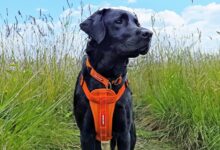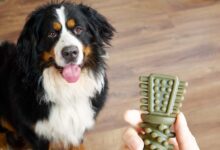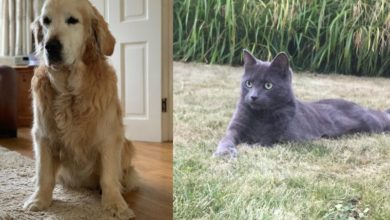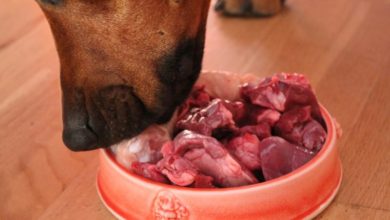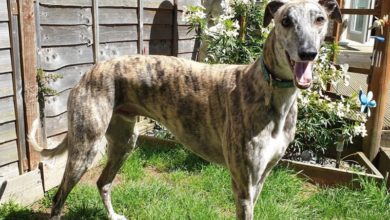Longer ‘sausage dogs’ are at risk of slipped discs
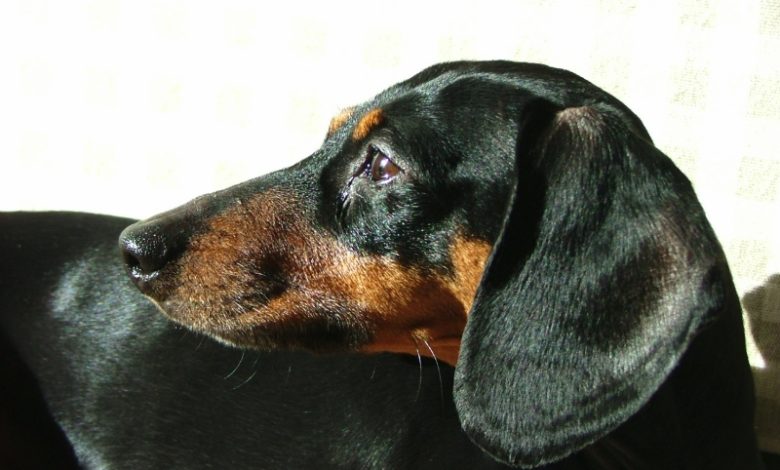
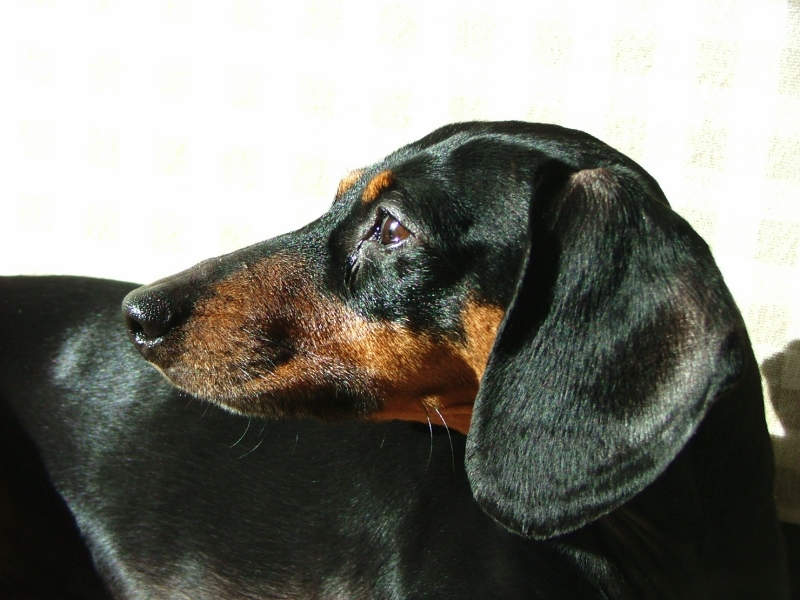

A new study from the Royal Veterinary College reveals that breeds such as dachshunds, pekingese, Shih tzus, basset hounds and dwarf cross breeds are prone to painful and debilitating slipped discs.
The study reveals that very long miniature dachshunds, whose backs are two-thirds longer than their shoulder height, have double the risk of slipping a disc by the time they reach five years old, compared with the shortest individuals of the same breed.
The researchers examined 700 dogs of diverse breeds referred to the Royal Veterinary College’s Queen Mother Hospital for Animals over the course of a year, of which 79 dogs suffered the relevant type of slipped disc. Most of the affected dogs had long and low body shapes, although Jack russell terriers and cocker spaniels were also affected for reasons yet to be understood.
Having a longer and lower body shape was the biggest risk factor, but small body size and being overweight also made dogs more vulnerable to the condition. Being obese approximately tripled the chance of these slipped discs happening – in breeds with very low risks, that chance remained low, but in high risk breeds the effect could be dramatic.
Rowena Packer from the Royal Veterinary College, who carried out the study, said: “We regularly see some of the longest dogs come into the hospital for their first, second or even third slipped disc. Unfortunately this disorder is so common in some of the longest breeds, that it could almost be regarded as ‘normal’, however breeders and vets should not become desensitised to this serious condition, and must work together to reduce its occurrence as it causes huge distress for both the dog and owner.”
Dr Charlotte Burn, who led the research, said: “The ‘sausage dog’ shape is highly distinctive of these breeds, but these results show that our demand for longer and lower dogs needs to be reined in. In this context, shorter backs are safer backs.”


